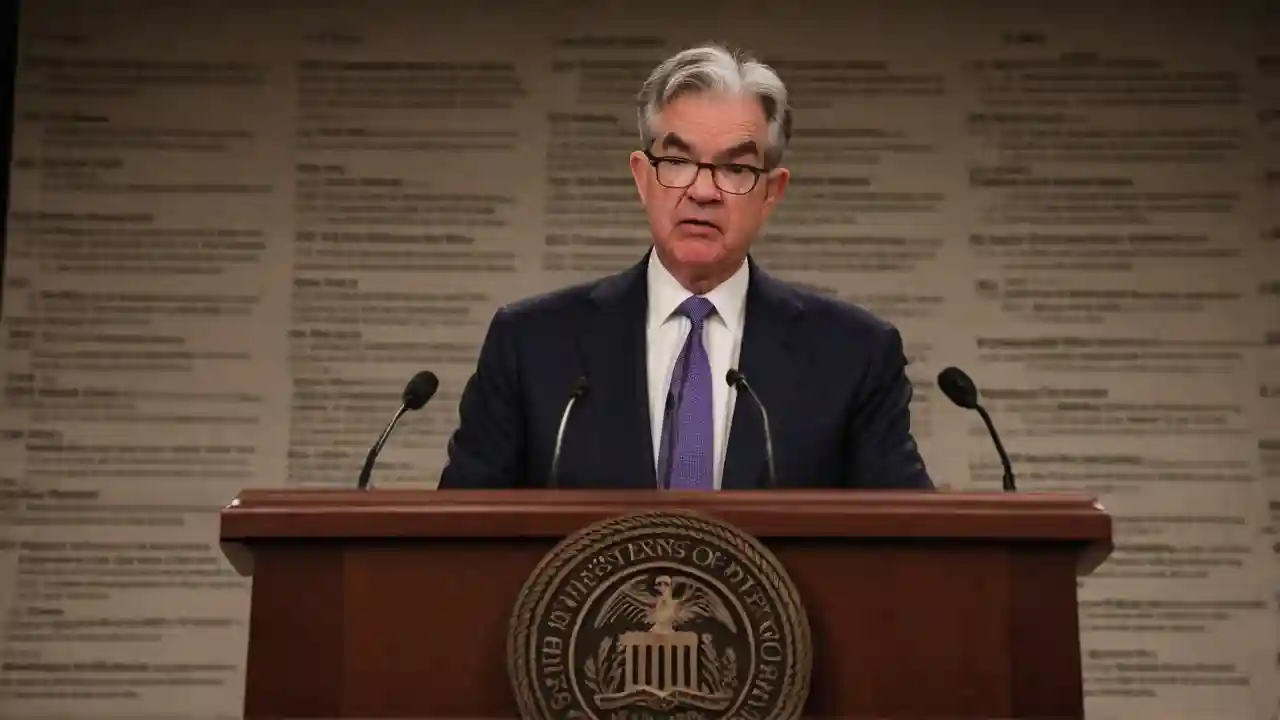
An Uncounted Anguish: Beneath the Glitter, America’s Economy Stands Still
An Uncounted Anguish: Beneath the Glitter, America’s Economy Stands Still
WASHINGTON — From the top floors of the Marriner S. Eccles Building, the Federal Reserve’s governors can look out across a capital that’s come to a halt. Below, the government remains shut down for a fourth week. The pulse of the economy—official data—has gone silent. The September jobs report? It never even existed.
Yet just across the Potomac, server farms in Northern Virginia hum like beehives. Billions of dollars are being funneled into artificial intelligence, inflating the stock market and keeping the economy looking deceptively healthy. On paper, America isn’t in a recession. But for millions of people, that label doesn’t mean much anymore.
Welcome to the Great Freeze of 2025—a quiet, slow-motion downturn that lacks the drama of mass layoffs or market crashes but bites just as deep. The nation has split in two: a gold rush for some, a grinding freeze for everyone else. Workers cling to their jobs not out of loyalty, but fear—fear of a job market that’s turned to ice.
Private data, consumer surveys, and market signals paint a chilling picture. Without federal statistics, economists have cobbled together what they can, and the signs are grim. The unemployment rate—last recorded at a calm 4.3%—barely scratches the surface. Beneath it lies widespread anxiety, mounting debt, and an economy staggering under chaos and confusion.
This isn’t, as Phil Gramm once quipped, a “mental recession.” It’s real. You can see it in the number of Americans who’ve been out of work for more than six months, in the sharp rise of Black unemployment, and in the growing delinquencies on car loans and credit cards. The working class isn’t treading water anymore—they’re running on fumes.
“We’re flying blind into a storm we built ourselves,” warned a senior Wall Street economist who asked not to be named. “The data looks fine because of AI spending, but take that away and the whole structure starts cracking.”
The Two Americas: One Booms, One Breaks
The most striking feature of this frozen economy is its split personality. At the top, the AI frenzy has created unimaginable wealth. As economist Paul Krugman pointed out this week, trillions in new tech riches have inflated the balance sheets of the elite. But with the top 10% owning nearly 90% of all stocks, it’s a party most Americans will never attend. The wealthy are spending freely, creating the illusion of prosperity.
Meanwhile, the rest of the country is just trying to make it to payday. In grocery stores, shoppers swap name brands for generics. At banks, warning lights are flashing as auto and credit card delinquencies rise to levels not seen since 2008.
The job market tells the same story. Hiring has slowed to a crawl. Job postings have dropped sharply, according to Indeed.com, and the decline is steepening as October wears on.
That slowdown seeps into households. The Conference Board’s consumer survey, now a lifeline in the government’s data blackout, shows confidence collapsing. Back in 2019, Americans overwhelmingly said jobs were “plentiful.” Now, that optimism has nearly vanished.
Losing a job has become a nightmare. The number of long-term unemployed has jumped, and once again, Black workers are feeling the worst of it. Their unemployment rate has surged to 7.5%, a painful reminder of how economic freezes hit the most vulnerable first.
“Employers don’t have to fire you when there’s nowhere else to go,” said a labor organizer in Ohio. “They just freeze your pay, cut your flexibility, and turn the screws. You’re trapped.”
That erosion of worker power has undone one of the few bright spots of the post-pandemic years—rising wages for low earners. The Atlanta Fed now reports the trend has reversed. High earners are pulling ahead again, carving that K-shaped divide straight into American paychecks.
The Architect of Uncertainty
Business leaders and economists point their fingers at one culprit: chaos at the top.
President Trump’s second term has brought what one manufacturing executive calls “governance by whiplash.” One day it’s new tariffs, the next it’s inflammatory rhetoric or surprise federal crackdowns. Investors can’t plan; companies won’t expand.
“Why would I hire a hundred people,” asked the CEO of a Midwestern auto parts company, “when one tweet could kill my supply chain or ignite a trade war?” His voice dropped. “We’re just hoarding cash and waiting. Everyone is.”
Even the White House has become a symbol of instability. The East Wing’s demolition—clearing space for a new ballroom—feels less like renovation and more like metaphor: tearing down foundations for vanity.
JPMorgan Chase CEO Jamie Dimon recently warned that today’s private credit market hides risks like cockroaches—you see one, and you know there are more. His words proved chillingly accurate. The collapses of Tricolor, a subprime auto lender, and First Brands, a debt-laden auto parts supplier, have rattled the $1.7 trillion private credit market—the same one fueling the AI boom.
Economists like Mark Zandi of Moody’s fear the AI frenzy could morph into something far worse—a bubble feeding on borrowed money. It’s the ‘90s tech bubble all over again, but this time tied to private debt instead of dot-com stocks. If the spending slows, defaults could ripple through the system like falling dominoes, turning today’s chill into tomorrow’s collapse.
Right now, America hangs in limbo. The country boasts record stock prices and record food bank lines. There’s a hiring freeze alongside “low” unemployment. A government shutdown hides the full scope of the crisis, but the pain is impossible to miss.
Workers’ voices echo through the silence—people who feel forgotten, economists who see the cracks widening, lenders watching debts pile up. The government may have stopped counting, but the suffering hasn’t stopped. It’s just gone unseen, buried under the shimmer of artificial prosperity.